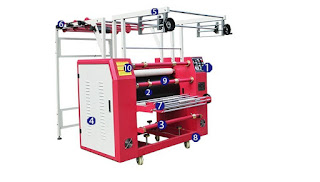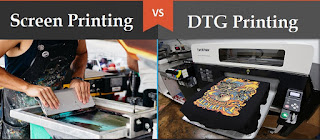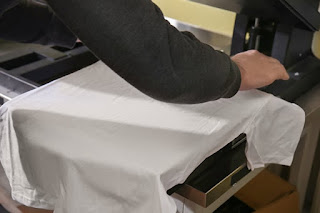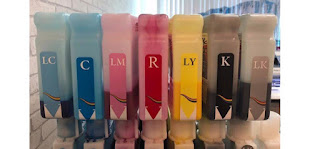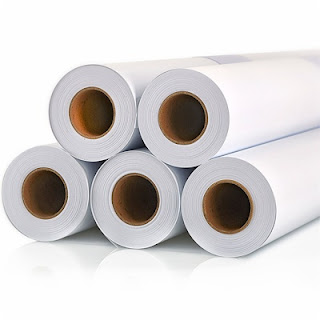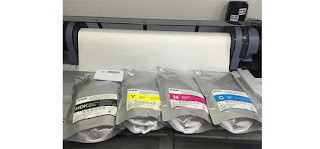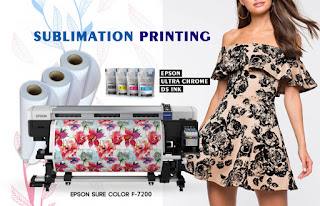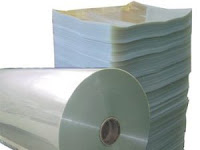Commonly used Epson print heads have dx5, dx7, 5113 print head. When we choose these kinds of nozzles, we will hesitate. I suggest to choose 5113. Here are some reasons.
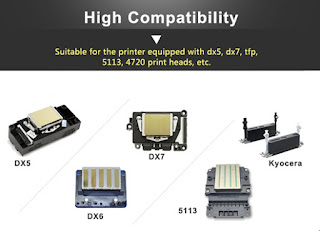 |
| Epson Print Head |
About DX5 print head
The
Epson DX5 print head is used by various Chinese solvent printers. It is a new generation print head that allows fast speed, high resolution printing with eco-solvent or mild solvent inks. The Epson DX5 original print head is delivered in a sealed Epson package. This print head should not be used on Mutoh Valuejet or Mimaki JV33 / JV5 printers as it has different voltages and therefore offers a different image quality.
Suitable printers:
(1).Mimaki Series Printers: Mimaki Jv33 130/160/CJV-130/ Jv5130S/ 160S/ 260S/ 320S
(2).Mutoh series Printers: Valuejetjet 1204/1214/1304/1314 Valuejet 1604/ 1614/ 1618/ 2216 Valuejet 1624/1638
(3).Made in China Printers
Features:
(1).
Original Epson print head from JAPAN.
(2). Suit for any brand using Epson DX5 print head, such as ROLAND, MIMAKI, ASTART, DGI and so on.
(3). With highest speed, and highest resolution 1440DPI
(4). The voltage of the print head, temperature is automatically adjustable, prevents blockage caused by the change of temperature.
(5). Edge feather function can blur the pass line and feather the pass edge.
(6). Delicately designed alloy-aluminum platform print head.
About 5113 print head
1, parameter analysis
The number of nozzles is twice that of the previous, 5113 heads: 4 lines * 800 nozzles = 3200 nozzles, the smallest nozzle is 1.5PL. Which makes the color of the printed image more uniform; the width of the nozzle is 30% wider than the DX5, the inkjet color gamut is increased, the ink printing can be smoother; and the printing speed is doubled and the precision is improved;
2, how about
Original Epson 5113 printer head can only use water-based ink; drawback is not the use of solvent ink and UV ink, printing time is generally about 4 hours, and then need to inkjet once to ensure that the nozzle inside smooth, the use of time about 4 months;
3, foreground analysis
Only through the transformation of the back cover and ink dampers in order to make it faster to adapt to the development of industrialization in order to make its textile and digital printing industry to further develop.
4, maintenance analysis
(1) Do not wipe the nozzle with a cloth, do not use a bad nozzle, do not touch the nozzle.
(2) disassemble the nozzle should be shut down when cleaning.
(3) After printing is completed, the nozzle is separated, dust can easily plug the nozzle, the number of cleaning nozzles should not be too frequent.
(4) In particular, do not over-soak the nozzle.
What is the advantage of an Epson 5113 head compared to a DX5?
1. Numbers of nozzles:
Dx5 print head get 8linesx180nozzles=1440nozzles,the smallest nozzle is 5PL.
5113 print head get 4linesx800nozzles=32 00nozzles.2.2times more than Dx5.
2. Width of print head:
the width of Epson 5113 head is 1.3" ,35% width than Dx5
3.Speed:
due to more nozzles,Epson 5113 head with 3 pass the speed can reach 35 square meters per hour.
4. Different from DX-5 head
Epson 5113 printer head is fast speed and price is cheaper than DX-5, meanwhile, ?due to more number of nozzles, 5113 head can reach high production per hour, to some extent, High- intensity running may lead to short lifetime. maybe 1~2 years, i don't know very clearly how short, we should protect it, because many factors can damage your print head, such as sublimation ink, dye sublimation paper, printing environment etc?
5.Application
DX-5 is used for high precision, low speed, suitable for high quality manufacturers to use.5113 nozzle printer low precision, fast, suitable for low quality requirements, but the large-scale industrial production of the manufacturers use.
According to the comparison of the above characteristics, the Epson 5113 printhead is your first choice.If you are interested in it, please feel free to ask us.
More Info:
Website: www.skyimagepaper.com
Company Name: Fei Yue Digital Technology Co.,LTD
E-mail: sales@feiyuepaper.com
Tel: 86-025-86628894
Whatsapp: +86 15007920742
Address: Central Road 323, Nanjing, Jiangsu, China




